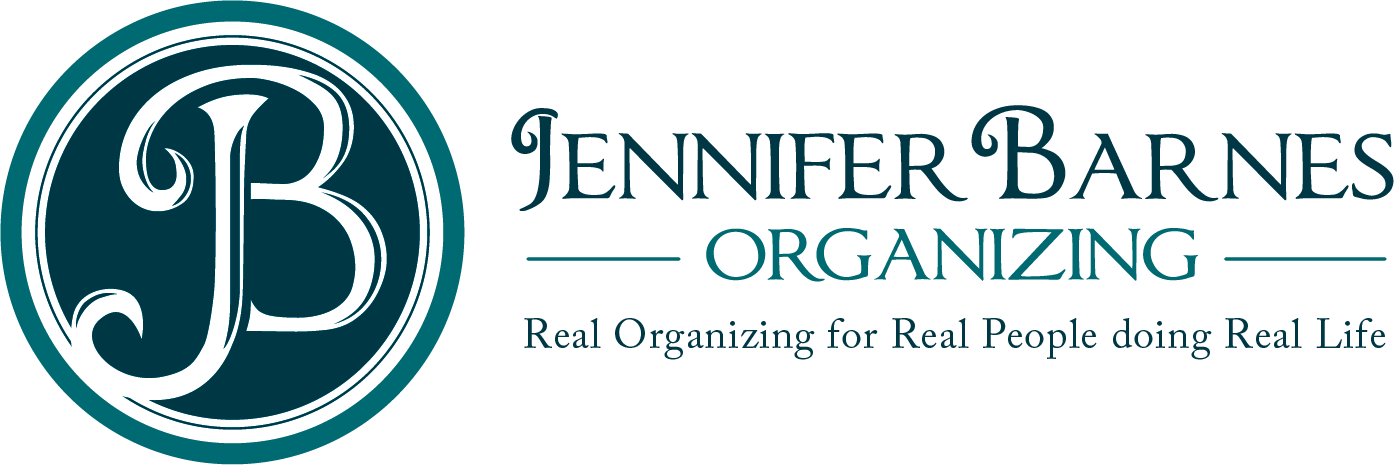Migraines, cancer, surgeries, biopsies, sports injuries, allergies, infections….Our health problems came in many forms over the years. It often felt like we were experiencing them in a bubble…like everyone else was walking around healthy and we were falling apart. If you ever feel that way, please remember that it is not true. Everyone has health struggles – everyone has a story – you are not alone.
Health problems can come in many forms. You may face them, your spouse, your parents, your children and so on. They can come in the form of a chronic illness or consistent or persistent less serious illnesses; allergies or injuries; health struggles you are born with or ones that present themselves later in life. Health struggles don’t fit in a neat little box and it’s ok. What one person considers a struggle, may not be a difficulty for someone else. Health struggles are real and when you face them – remember that you are not alone.
Statistics
Here are just a few numbers to illustrate how “not alone” we really are.
Injuries
“An average annual estimate of 8.6 million sports– and recreation-related injury episodes was reported, with an age-adjusted rate of 34.1 per 1,000 population. Males (61.3%) and persons aged 5–24 years (64.9%) accounted for more than one-half of injury episodes.”Nov 18, 2016
(as taken fromhttps://www.cdc.gov/nchs/data/nhsr/nhsr099.pdf)
Allergies
Asthma and allergic diseases, such as allergic rhinitis (hay fever), food allergy, and eczema, are common for all age groups in the United States. Asthma affects more than 24 million people in the U.S., including more than 6 million children.1
Allergies are the 6th leading cause of chronic illness in the U.S. with an annual cost in excess of $18 billion. More than 50 million Americans suffer from allergies each year.2
(As copied from: https://acaai.org/news/facts-statistics/allergies)
Chronic Illness
“Generally incurable and ongoing, chronic diseases affect approximately 133 million Americans, representing more than 40% of the total population of this country.2 By 2020, that number is projected to grow to an estimated 157 million, with 81 million having multiple conditions.3 About half of all adults have a chronic condition, and approximately 8 percent of children ages 5 to 17 were reported by their parents to have limited activities due to at least one chronic disease or disability.4,5 More and more people are living with not just one chronic illness, such as diabetes, heart disease or depression, but with two or more conditions. Almost a third of the population is now living with multiple chronic conditions.” (copied from nationalhealthcouncil.org)
6 IN 10 Adults in the US have a chronic disease 4 IN 10 Adults in the US have two or more THE LEADING CAUSES OF DEATH AND DISABILITY and Leading Drivers of the Nation’s $3.5 Trillion in Annual Health Care Costs (As taken from: https://www.cdc.gov/chronicdisease/resources/infographic/chronic-diseases.htm)
Chronic Injury or Pain
More than 100 million Americans suffer from chronic pain at a cost of around $600 billion a year in medical treatments and lost productivity, according to a report from the Institute of Medicine (IOM). (as taken from https://www.webmd.com/pain-management/news/20110629/100-million-americans-have-chronic-pain#1)
Things You Can Do
These are simple things you can do either before or during the time you are dealing with your health problems.
- Have a good Primary Care Doctor
- Use Social Media to get references for Specialists when needed.
- Find and make use of Support Groups
- Use the resources your Insurance Company offers
- Use the resources your Employer offers.
- Call your local Hospital and ask about related resources
Resources
Some resources for various Health Problems. These are only a few of the many that are available. The gift of technology is wonderful in these cases. If you need help with a specific issue, search it and you will often be amazed at the vast array of information and support available.
Center for Disease Control: https://www.cdc.gov/chronicdisease/resources/i
American College of Asthma, Allergy and Immunology: https://acaai.org/resources
Asthma and Allergy Foundation: https://www.aafa.org/asthma-allergy-education-programs/
Advocates for Injured Athletes: http://injuredathletes.org/
American Academy of Pediatrics
References
https://acaai.org/news/facts-statistics/allergies
2 Centers for Disease Control and Prevention. The Power of Prevention. (2009) Accessed at http://www.cdc.gov/chronicdisease/pdf/2009-Power-of-Prevention.pdf
3 Tackling the burden of chronic diseases in the USA. Lancet 2009;373(9659):185. Accessed at http://www.thelancet.com/journals/lancet/article/PIIS0140-6736(09)60048-9/fulltext
4 Centers for Disease Control and Prevention. Chronic Diseases and Health Promotion. Accessed at http://www.cdc.gov/chronicdisease/overview/
5 Centers for Disease Control and Prevention, National Center for Health Statistics. Chartbook on trends in the health of Americans. Limitation of activity: Children. (2007) Accessed at http://www.cdc.gov/nchs/data/hus/hus07.pdf
6 Agency for Healthcare Research and Quality. Multiple Chronic Conditions Chartbook: 2010 Medical Expenditure Panel Survey Data. (2014) Accessed at http://www.ahrq.gov/professionals/preventionchronic-care/decision/mcc/mccchartbook.pdf
https://www.cdc.gov/chronicdisease/resources/infographic/chronic-diseases.htm)
https://www.webmd.com/pain-management/news/20110629/100-million-americans-have-chronic-pain#1)
